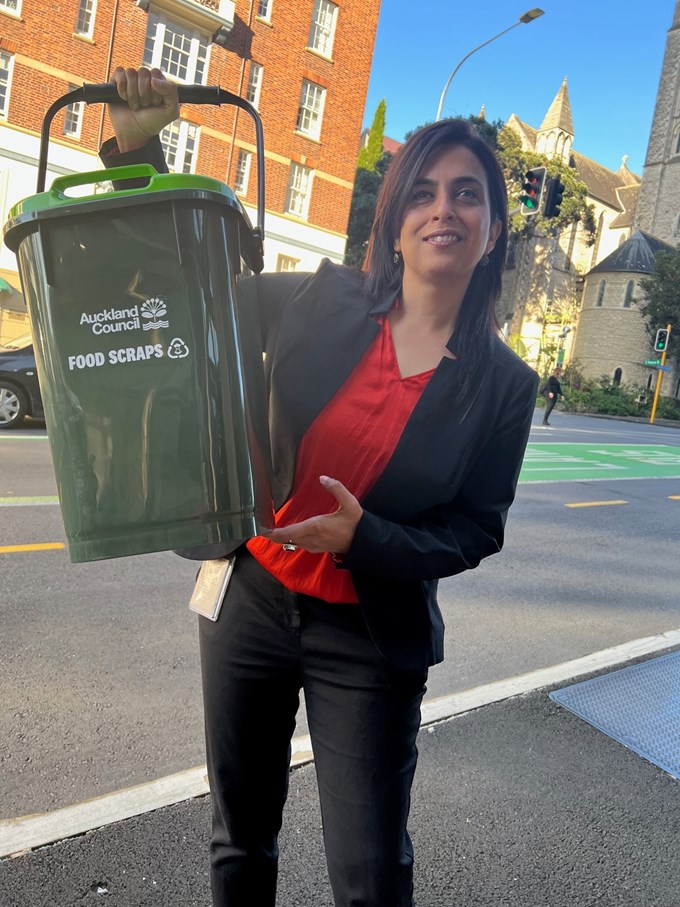Auckland Council’s food scraps collection service – rukenga kai, which translates to food cast onward - is about to begin with Waitākere residents scheduled to have bins delivered in the first week of April. Other parts of Auckland will follow, through until November this year.
The service will help reduce the amount of organic waste going to landfill by converting rukenga kai (food scraps) into a renewable resource. It will also reduce greenhouse gas emissions.
Auckland Mayor Wayne Brown says, “The new food scraps service is a way for residents to make a difference and help protect the environment in quite a simple way.
“It makes sense food scraps are collected and converted into a renewable resource used to grow more food, and at the same time, reduce the amount of waste going to landfill.”
The food scraps collection will roll out to over 500,000 households over the coming months in what will be one of the largest rollouts of such a service in Australasia.
Auckland Council General Manager Waste Solutions Parul Sood says, “In the first year, as the service gradually rolls out, it is estimated to collect 39,000 tonnes of food scraps. This diversion from landfill is the equivalent carbon emissions saving to taking 10,000 medium-sized cars off the road annually. This will increase to over 75,000 tonnes a year once all of Auckland’s food scraps are processed.
“Food scraps currently make up 45 percent in weight of rubbish collected from the kerbside, equating to approximately 100,000 tonnes of food scraps going to landfill each year. By residents using the food scraps collection, there is potential to prevent large amounts of waste going to landfill and reduce greenhouse gas emissions in the process.
“This is great news and a very positive step towards helping reach our Zero Waste 2040 target and the emission reduction goals of Te Tāruke-ā-Tāwhiri: Auckland's Climate Plan.”
Parul commends people who already compost their food scraps at home and says the food scraps collection will complement that practice.
“Not all food scraps can be easily composted, and this is where the collection is valuable as it takes all sorts of food scraps, including dairy products, meat scraps and bones, fish scraps and bones, and shellfish shells which can’t be composted,” she says.
Once collected, the food scraps are transported to Ecogas, a new state-of-the-art plant in Reporoa, and converted into renewable resources. Empty trucks returning from Auckland to the Waikato region are used to transport food scraps to the plant so the collection does not result in additional trips.
Using anaerobic digestion technology, bacteria ‘eat’ the food scraps and break them down into valuable by-products – biogas, renewable energy and fertiliser. Renewable energy in Auckland’s case is used to grow greenhouse tomatoes.
The Ecogas facility is the largest food scraps processing facility in New Zealand and has a 20-year contract to process Auckland’s food scraps.
Each household will receive a kerbside bin, kitchen caddy, compostable bin liners and an information booklet. The food scraps bins will be collected kerbside weekly along with residents’ weekly rubbish collection.
Kī ana te rukenga kai i ngā taiora, mā tātou e huri hei rauemi.
Food scraps are full of nutrients, let’s turn them into a resource.
For more information about the food scraps collection visit the Auckland Council website.


